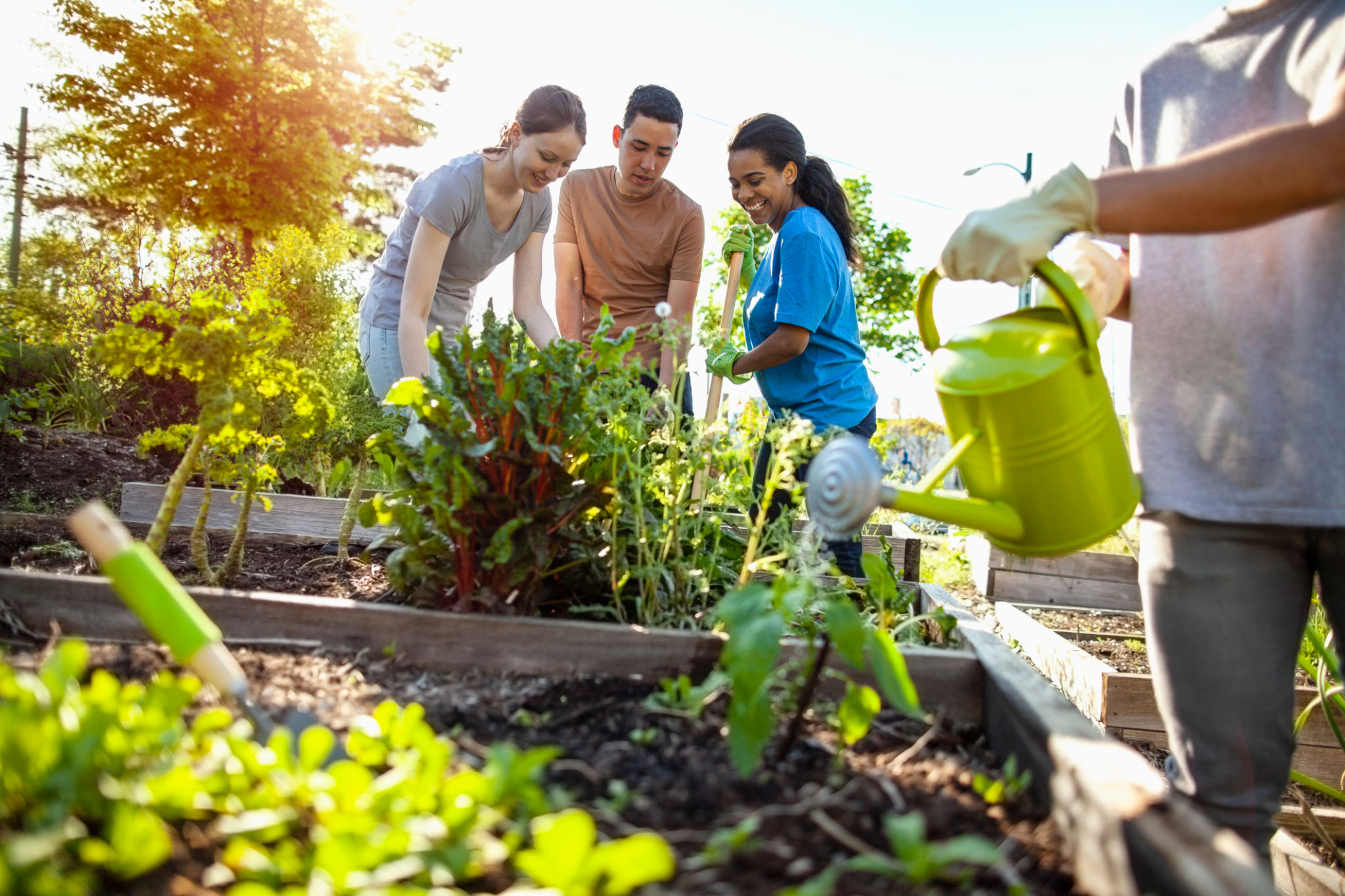Case Study: Turning a Walton County Backyard into a Model for Environmental Change
The Vision Behind the Transformation
In Walton County, a small backyard has become a beacon of environmental sustainability, showcasing how thoughtful landscaping can drive meaningful ecological change. This transformation was spearheaded by local residents who envisioned creating a space that was not only beautiful but also beneficial to the environment. Their goal was to demonstrate that individual efforts can have a significant impact on local ecosystems.
The project began with a simple question: How can we make better use of our outdoor space to support local wildlife and reduce our environmental footprint? The answer lay in adopting sustainable practices that would turn their backyard into a model of eco-friendly design.

Implementing Sustainable Practices
To transform their vision into reality, the homeowners implemented several sustainable practices. They started by planting native flora, which are perfectly adapted to the local climate and soil conditions. This not only reduced the need for water and fertilizers but also created a thriving habitat for local pollinators.
They also installed a rainwater harvesting system, allowing them to capture and reuse rainwater for irrigation. This system significantly decreased their reliance on municipal water supplies, ensuring that their garden remained lush even during dry spells.

Creating Wildlife Habitats
Another key aspect of this transformation was the creation of wildlife habitats. By introducing birdhouses, bee hotels, and butterfly feeders, the backyard became a sanctuary for various species. These features supported biodiversity, attracting birds, bees, and butterflies to the area, and played a crucial role in pollination and pest control.
A Model for Community Involvement
The success of this project did not go unnoticed by the community. Neighbors were inspired to adopt similar practices in their own yards, leading to a ripple effect across Walton County. Events such as garden tours and workshops were organized to educate others on the benefits of eco-friendly gardening.

The transformation of this backyard serves as a powerful reminder that small actions can lead to substantial changes. It highlights the importance of community involvement in environmental initiatives and demonstrates how individual efforts can collectively contribute to a healthier planet.
The Impact on Local Ecosystems
By fostering a diverse range of plant and animal life, the backyard has positively impacted local ecosystems. The increase in pollinator populations has improved plant reproduction rates, while the reduction in chemical usage has lessened the impact on nearby waterways.
This case study serves as an inspiration for others looking to make a difference in their communities. It underscores the potential for individual projects to drive environmental change and encourages everyone to consider how they can contribute to sustainable development.